Ohio Farm Bureau officers re-elected at 107th Annual Meeting
Bill Patterson, Cy Prettyman and Adele Flynn will continue to serve as officers for Ohio Farm Bureau Federation.
Read MoreThe 2023 algal bloom is expected to have a low severity index of 3, according to the final forecast from the National Atmospheric and Oceanic Administration. This forecast uses an ensemble of different models, which consider phosphorus loading into Lake Erie during the spring and early summer.
The mainly dry weather pattern in spring and early summer slowed the flow of water systems within the Western Lake Erie Basin, causing lower amounts of nutrients to be transported from the watershed. This proves that weather and climate have the biggest role in reducing phosphorus load into Lake Erie.
“In past years, heavy rainfall events made it impossible to take measures to keep nutrients in place and hampered spring field work,” said Jordan Hoewischer, director of water quality research with Ohio Farm Bureau. “This spring, too little rain may cause nutrient deficiencies in corn and soybean crops as those nutrients may not have been as readily available to the plant, typically utilized by the crop after a normal rain event. It shows how important the amount of precipitation is for farmers to grow a successful crop and what too little or too much rain, which is beyond the farmer’s control, can mean for the potential of algal blooms.”
With the continued funding of the H2Ohio water quality initiative and the growth of the Ohio Agriculture Conservation Initiative certification program, both designed to help farmers find more and better nutrient management practices, efforts will continue to advance across Ohio.
NOAA will release the final algal bloom statistics for 2023 in September.
Ohio Farm Bureau’s mission is working together for Ohio farmers to advance agriculture and strengthen our communities. Learn more at ohiofarmbureau.org.
This is a news release for use by journalists. Questions should be directed to Ty Higgins, 614-246-8231 or [email protected].


Bill Patterson, Cy Prettyman and Adele Flynn will continue to serve as officers for Ohio Farm Bureau Federation.
Read More

Bill Patterson of Chesterland has been re-elected president of the Ohio Farm Bureau Federation, the highest elected office in the state’s largest farm and food organization.
Read More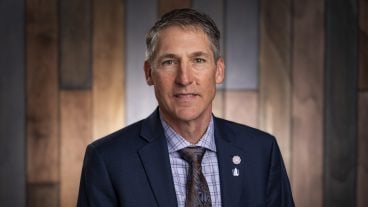
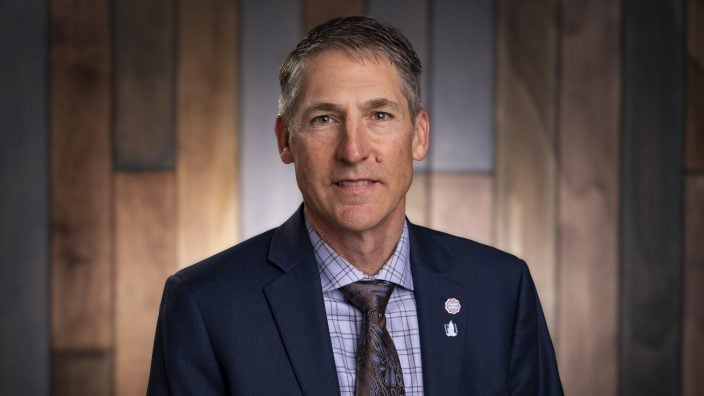
Cy Prettyman of New Bloomington has been re-elected first vice president of the Ohio Farm Bureau Federation, the second highest elected office in the state’s largest farm and food organization.
Read More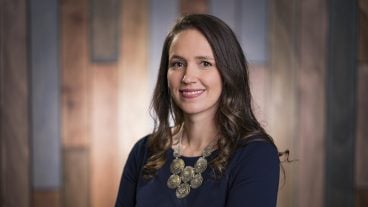
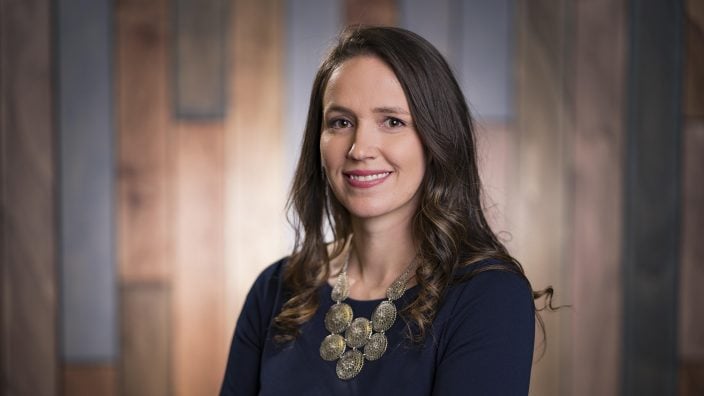
Adele Flynn of Wellington has been re-elected treasurer of the Ohio Farm Bureau Federation, the third highest elected office in the state’s largest farm and food organization.
Read More

Delegates discussed many topics impacting agriculture including farmland preservation, local foods, and succession planning.
Read More

Twenty-six farmers govern the state’s largest farm and food organization.
Read More
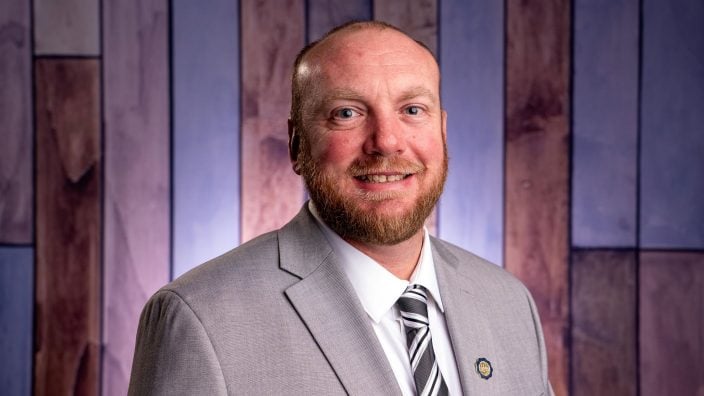
Matt Schmerge of Botkins has been elected to his first three-year term on the board of trustees of Ohio Farm…
Read More
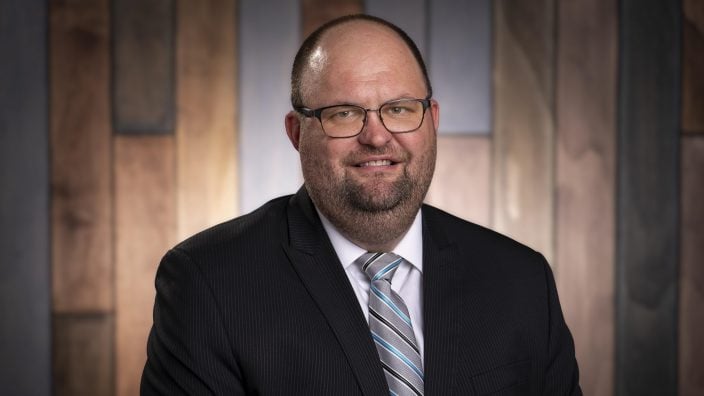
Craig Pohlman of Venedocia has been elected to his third three-year term on the Ohio Farm Bureau Federation Board of Trustees.
Read More
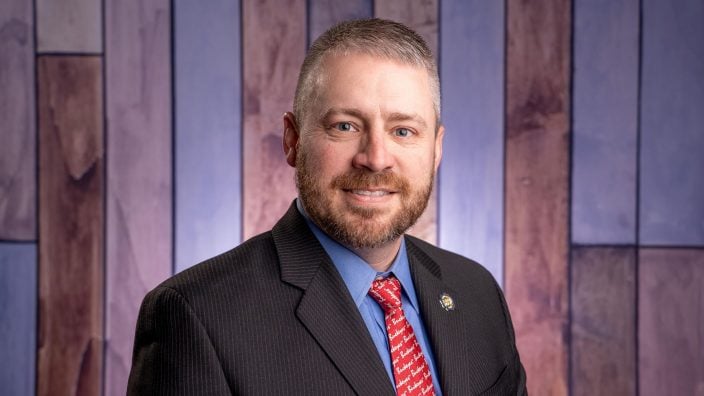
Evan Davis of Leesburg has been elected to his first three-year term on the board of trustees of Ohio Farm Bureau Federation.
Read More

John Bolte of Tiffin has been elected to his second, three-year term on the board of trustees of Ohio Farm Bureau Federation.
Read More